A visit to an olive ranch, and tasting Sonoma County
Apr 09, 2013
This post may contain affiliate links. Please read our disclosure policy.
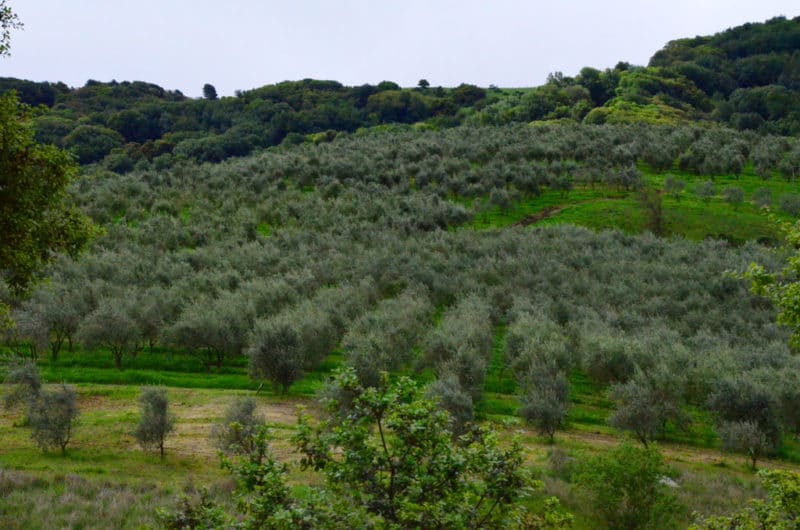
It was a misty morning, but the big, billowing clouds just made the Sonoma landscape that much more beautiful and moody. Thankfully, living up north in Michigan for the last couple of years have trained me from my city-style inclinations just enough to know to wear boots when headed to an olive ranch on a rainy day in Sonoma. Dry feet=happy camper.
I’ve been spending the last few days in California at a big conference for culinarians, which as you can imagine means great conversation (Thomas Keller told us: “to glaze an onion is a triumph to me”…) and even better food in one of the best food cities in the world, San Francisco. A small group of us made an excursion north to visit McEvoy Ranch, an idyll of an olive farm nestled in the hills of Petaluma.
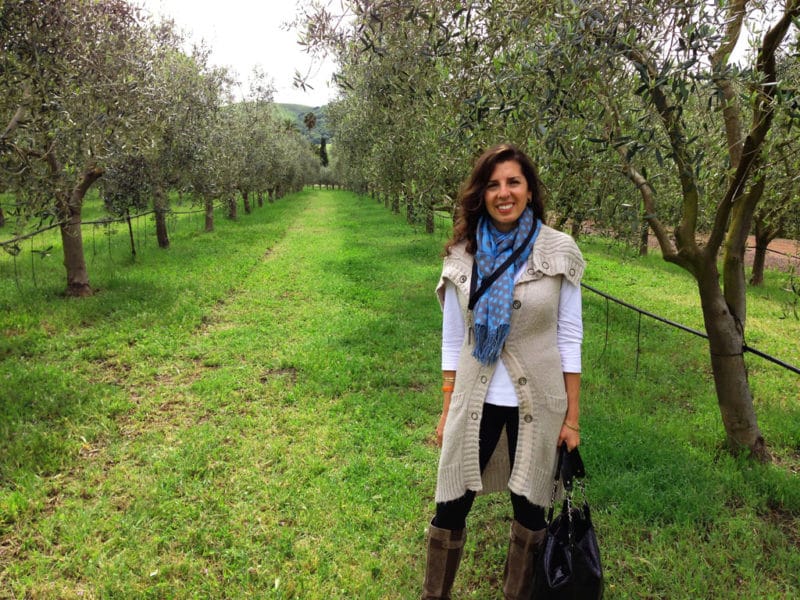
The season is just on the cusp of bloom here, coming out of what they call winter (but we Michiganders know better), and even now, before everything is in bloom, everything seems…in bloom. One of the beautiful things about this part of the world is that nothing ever quite dies, so that even the fallow season feels very much alive. When I came to live out here to go to culinary school, I was coming out of my own sort of fallow season, one that was transformed to new life by all the elements of this place. No wonder it feels so much like home for having lived here just a short time.

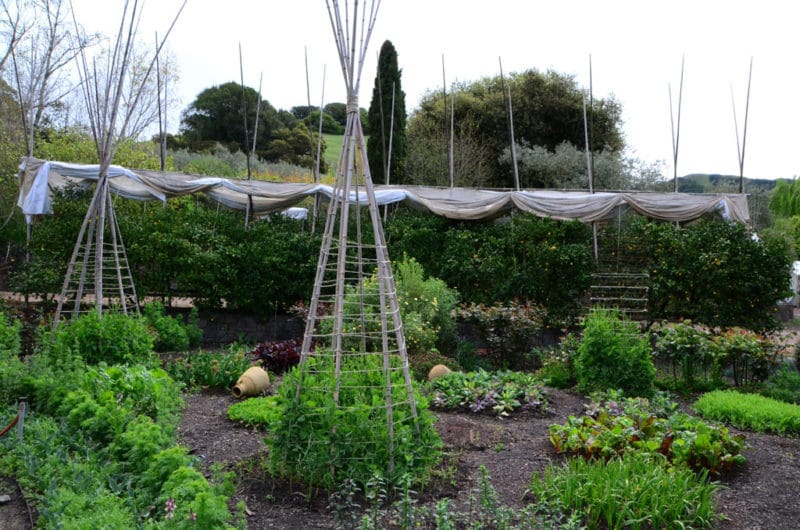
The beauty of McEvoy Ranch is matched by the quality of its Tuscan-style, certified organic, olives and oil (i.e., peppery, complex), which is harvested and milled every November. And when the mill is open, it is open to all, so that anyone growing olives in the area can come and have their fruit pressed and take home their own oil—which strikes me as so old country, because this is the same kind of communal approach that takes place in Lebanese villages like Dier Mimas, an olive-rich region in southern Lebanon from which the Abood family hails.
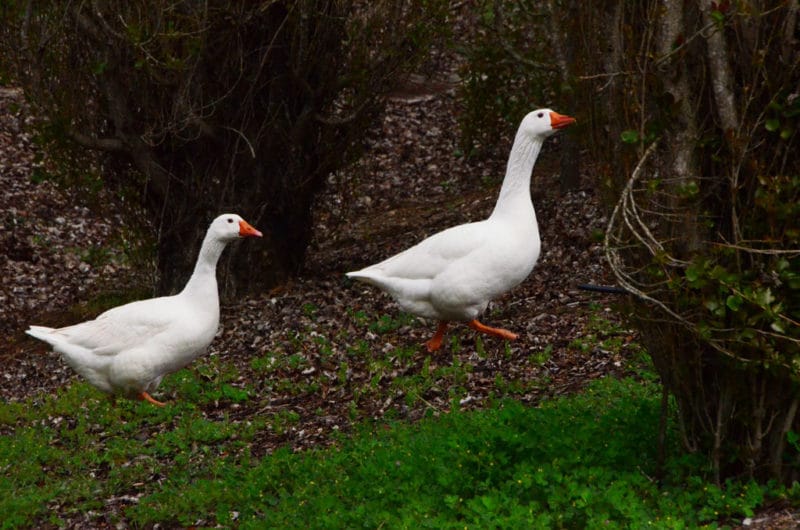
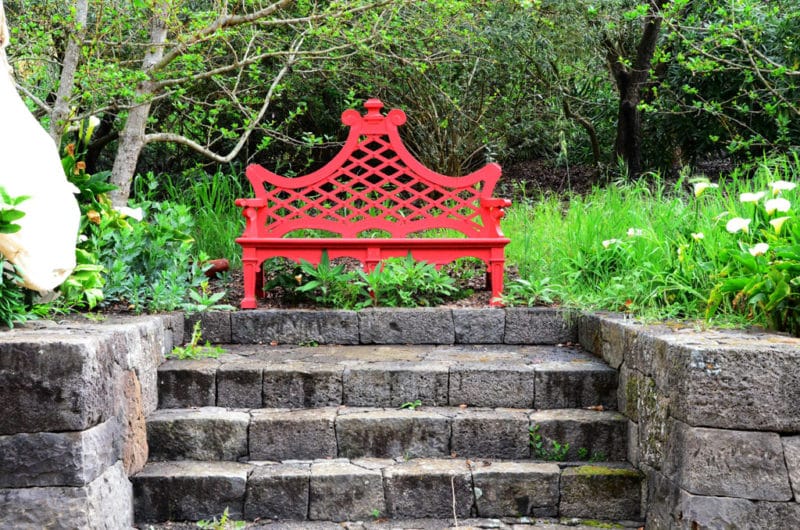
At McEvoy, stone rollers grind the olives in the “cold press” process. “Cold” is noteworthy because a cold press doesn’t create heat, and heat is one of the greatest enemies of olive oil, along with light (which is why the oil is typically in green bottles), air, and time.
There are several grades of olive oil; extra-virgin is the highest of them, meaning that the oil has no defects such as rancidity and also has a tightly controlled level of acidity. We may buy a bottle of extra-virgin olive oil but that moniker has a shelf-life; if your oil isn’t used up by the use-by date (ideally within a year of harvest), the defects resulting from time and perhaps other factors such as light and air mar the oil quality, then the oil is no longer extra-delicious–and is no longer considered extra-virgin.
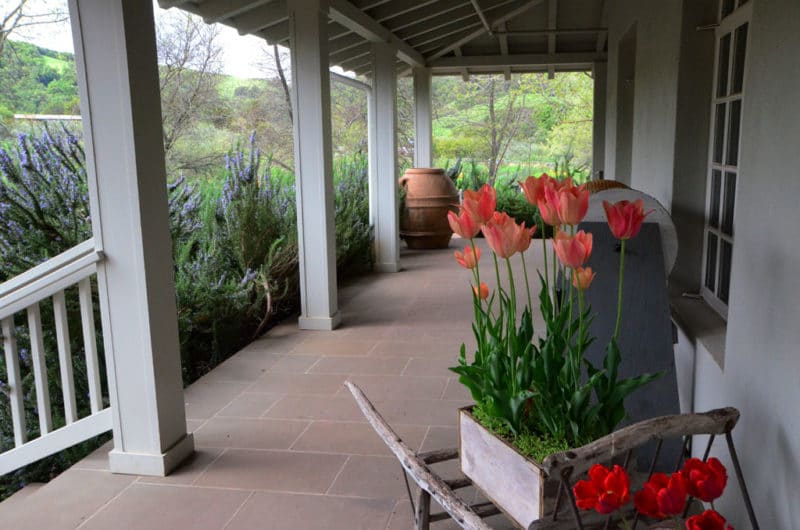
Our olive oil tasting was not unlike a wine tasting, with similar types of complexity and nuance to be gleaned from different types of oils. The pros taste their olive oil in blue-tinted glasses, so as to not be influenced by the color of the oil. But even in our little bio-degradable cups, this olive oil tasted like pure California gold. Drizzled over good bread with a slice of local Cowgirl Creamery Mt. Tam cheese? A girl thinks she’s died and gone to heaven.
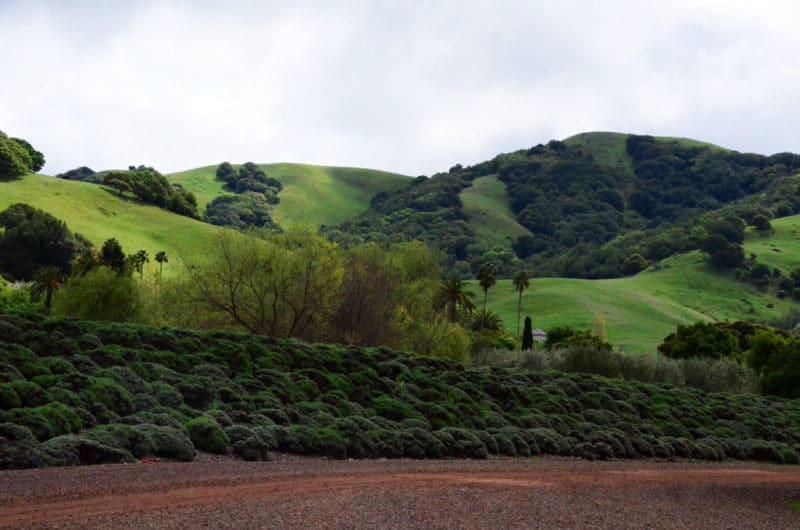
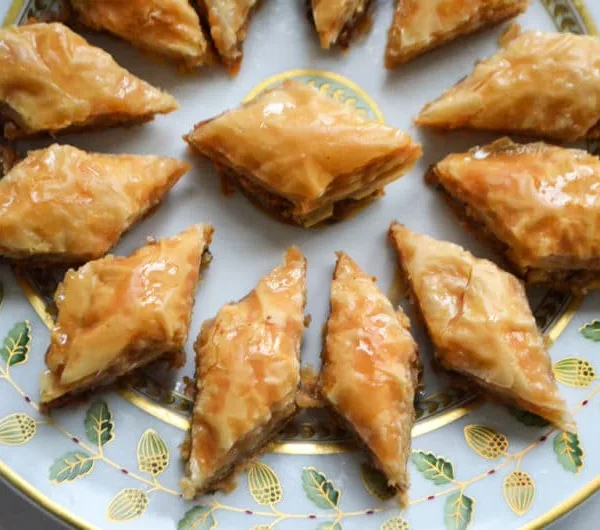

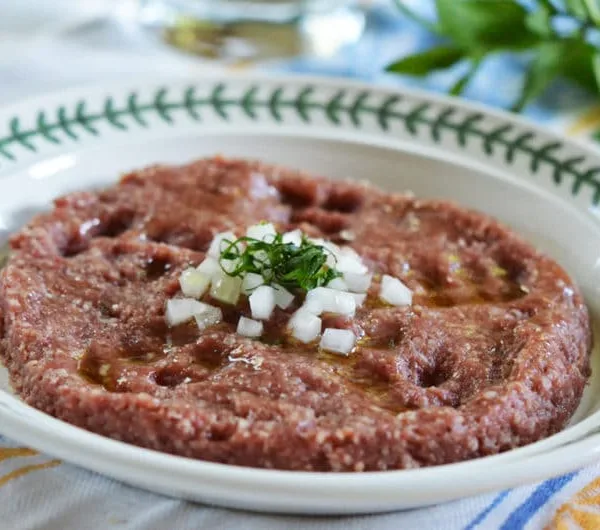
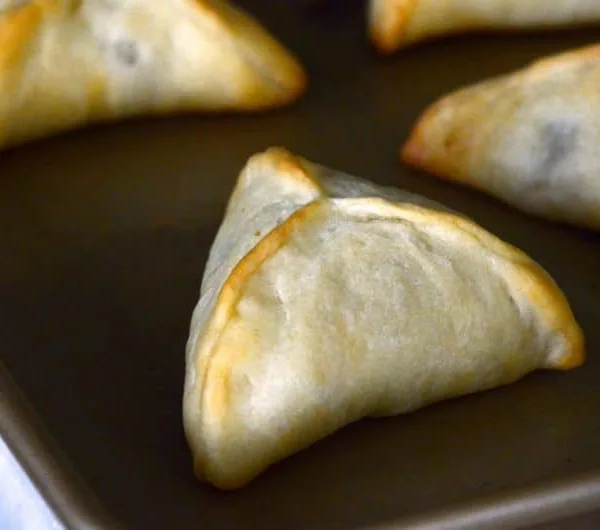







I made the Ka’ik today….hmmmm…. great taste but the design just baked right out of them. They looked beautiful going into the oven and like fat smooth rolls coming out. What did I do wrong?
Hi Gretchen. That can happen if the dough isn’t pressed very hard into the mold. My aunt says she doesn’t bother with much of a design at all for this very reason; she feels it always bakes out. I found that it worked well with a lot of pressure.
I thought I had pressed it as hard as I could and they did look perfect before going into the oven, but I may have to join your aunt’s camp. However the mold is so much fun to use I know I’ll give it another shot next year! Thanks for your follow-up.
the scenes are so beautiful, amazing nature..
Beautiful pictures! Beautiful you!
xo M
Beautiful photos Maureen. What a real treat it was to meet you in person here at IACP. And now that you managed to finish a lovely blog post like this while at a conference, I am an even bigger fan 🙂 I’ve barely had time to check my email!
Maureen, beautiful pics, and, as always, lovely sentiments most gracefully stated. I grew up in a place named Mt.Olive in the SoEast part of LA county–olives are ubiquitous in CA and, as you know, came with the Spanish. And who, as a little Lebanese-American child, hasn’t been told by a favorite Auntie, that ‘you have eyes like zitoone.’ Love going on these trips with you–thank you dear Maureen.
Thank you, Maureen, for sharing your trip with all of us. I so enjoy it and your writing about descriptions is without flaw. Please continue to share with us/me. Glad you are having a wonderful time!
One of the best parts of the entire country. I love it there.
That is just up the road from us – have been meaning to go, but so far, haven’t had a chance. Thanks for the reminder!
How beautiful and thank-you for this PC, from CA. Nice to know that zitoone grown here, but still like the ones we had as children, delivered by Sam Rahim from Detroit. Ask your Mom if my memory fails me.
Very interesting, I too knew only of wine and grapes.
I wonder what the differences are between olives grown in California and those from Lebanon?
As a child I only knew olives as coming from wooden barrels that my dad, a grocery store owner, had shipped in from Lebanon via a New York importer. He kept the barrels (about 2.5 feet high and maybe 18 inches across) in the cool store basement. When a customer wanted olives he would go down with a paper bucket (same type you get take out Chinese food in) and a scoop. First drained olives were put in then a suitable amount of liquid. Of course there was tasting too, hopefully with washed hands! 🙂 These were the black, wrinkled, salty olives, I think the liquid was probably a salt brine. We used to call them zitoone (that is no doubt a Lebanese name, correct me Maureen), break them up to get the pit out and eat them with bread, which softened the salty taste a bit. The closest I can come to that now days is buying black olives in a jar from a warehouse type outlet like BJ’s.
As always great memories.
Been looking for someone that is familiar with real Lebanese olives. Our whole extended family would get some of those barrels and divide them up. There were two kinds, a black and a green. The black were kinda sorta like kalamata that can be found in stores but not really. I have never found anything close to the greens. If you can remember the names please post them. I’m going to do a search for zitoone. THANKS.
Fantastic! I never knew there were olives grown there – you only hear about wine wine wine. Leave it to you to uncover and share something different. Please never stop writing – this is such a joy to read.
How beautiful! What a great adventure. Thanks for taking us along with you.